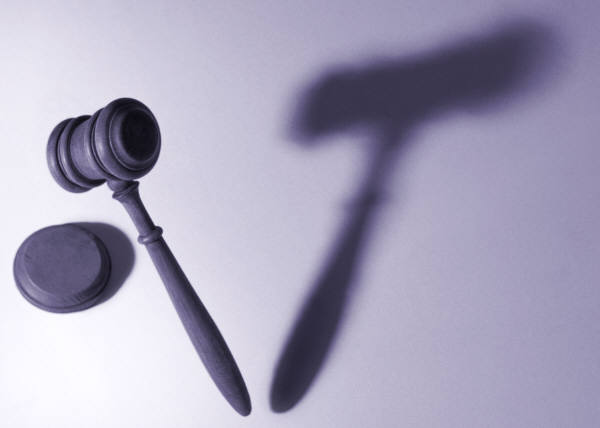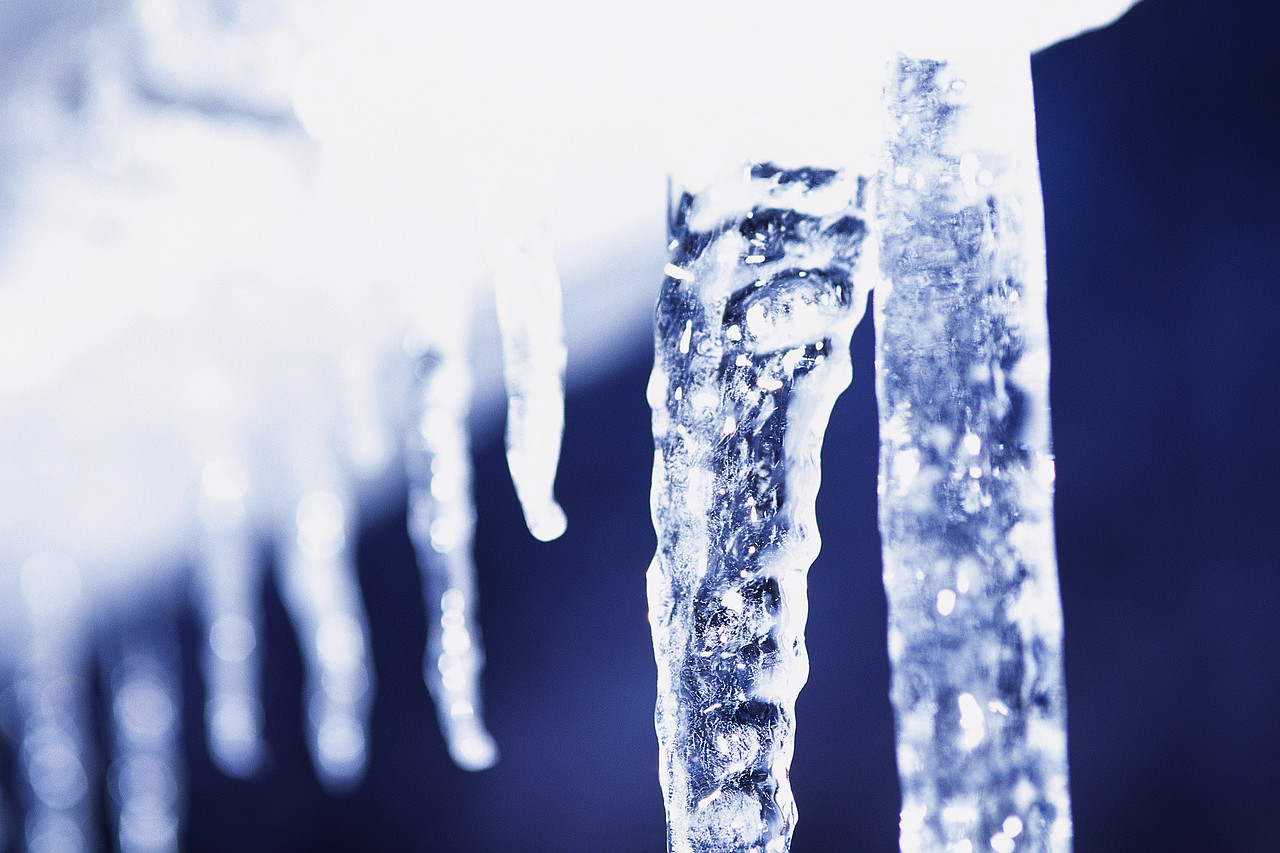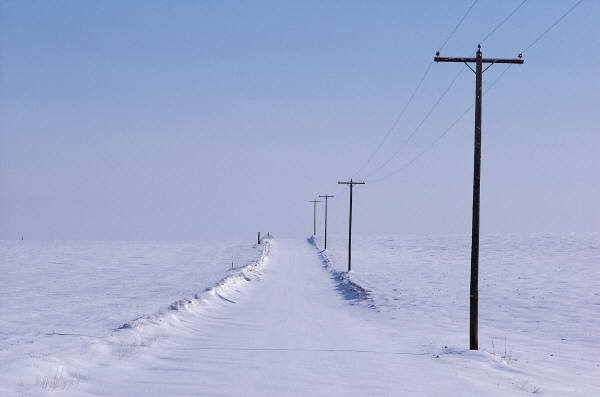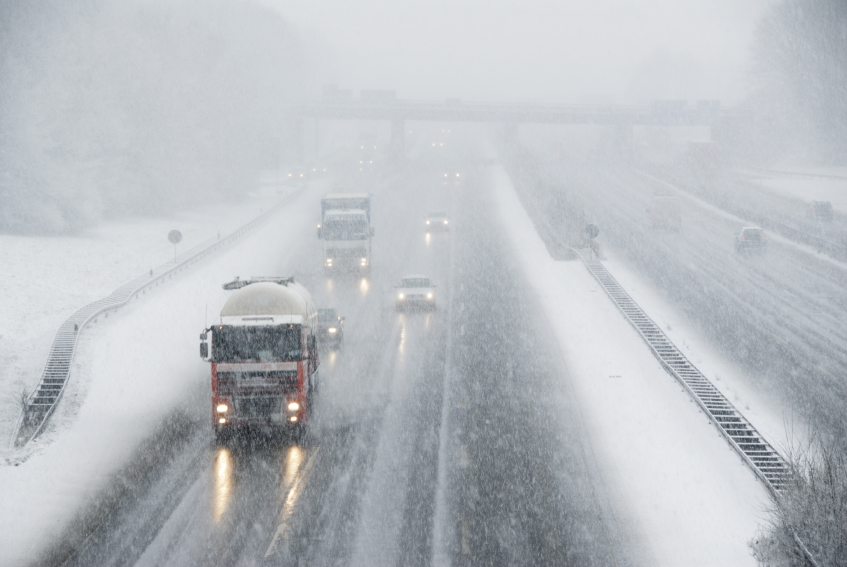Services of this Office
The Assessor's duties are prescribed by Nebraska Statutes, (Chapter 77), and Rules and Regulations promulgated by the Nebraska Property Tax Administrator which have the effect of law.
- Establish and maintain fair and equitable value on all real and personal property within the county.
- Attend all meetings of the County Board of Equalization.
- Review all applications for religious, charitable and educational tax exemptions.
- Accept and process homestead exemption applications.
- Accept and process personal property schedules.
- Verify and maintain a sales file for all property sales within the county.
- Respond to requests for information from the public.
Additional services include online property searches and in-office sales file searches. There may be a fee on copies that are for other than personal use. Please contact our office for further information.
Register of Deeds Records Online Information
Search County Land Records 24 Hours a Day!
Laredo
Designed for users who consistently search in a single county
Fidlar Software has designed Laredo, a remote access product, with your objectives in mind. Laredo’s innovative technology and 24-hour access to the county’s land records allows you to obtain information faster and more efficiently.
Benefits
- Same user interface that is used on the courthouse workstation
- Real time, 24/7 access
- Customizable results screens
- Subscription based
Cost Breakdown:
Per-minute Plan Charges
| Minutes |
Price/Month |
Overage Charge/Minute |
| 0-250 |
$75 |
$0.25 |
| 251-500 |
$125 |
$0.20 |
| 501-1000 |
$200 |
$0.15 |
| 1001-2000 |
$300 |
$0.10 |
| Unlimited |
$450 |
|
**Per minute charge for each minute over the signed-up plan
To Sign Up:
To become a Laredo Subscriber please contact the Buffalo County Register of Deeds Office @ 308-236-1239.
To Search:
Once you have signed up, and have been issued a username and password, go to the Fidlar website select Nebraska as the state, then Buffalo as the county, and click download.
Tapestry
Designed for the occasional users or those who want the freedom to search in all Fidlar counties
All you need is a web browser for 24/7 access to county land records. From the Tapestry web site, users can access information from ALL participating counties. Tapestry allows for both pay-as-you-go access, and an open account payment plan.
Benefits
- 24/7 Remote Internet access
- Secure browser based access
- Search via many data parameters (grantor/grantee, date range, document number, legal description, etc.)
Tapestry Cost Breakdown
- Index/Image Search - $8.75 per search
- Grantor/Grantee
- Beginning/Ending Date
- Consideration amount
- Legal description - Subdivision, parcel ID, Metes & Bounds
- Document search types
- Print copies - $1.00 per page
- Viewing images is included in the per search fee
Flexible Payment Options:
- Pay-as-you-go with a credit card - Visa & MasterCard accepted
- Open Account Payment Plan - $25 minimum per month
Legal Resources
Access Nebraska – Apply Online for Nebraska Public Assistance Benefits
Adult and Child Abuse & Neglect Hotline – (800) 652-1999
Buffalo County Court
Buffalo County District Court
Buffalo County Public Defender
Jeff Wirth
215 West 18th St.
Kearney, NE 68845
Phone: (308) 236-1245
Fax: (308) 236-1255
The Buffalo County Public Defender represents all indigent defendants charged with felonies and misdemeanors in Buffalo County and District courts, if the penalty for the crime carries possible jail time.
Buffalo County Sheriff
Central Mediation Center
Child Welfare, Juvenile and Adult Protective Services 
Citizen’s Guide to Nebraska’s Courts in Arabic
Citizen’s Guide to Nebraska’s Courts in Spanish – EL SISTEMA JUDICIAL DE NEBRASKA
Citizen’s Guide to Nebraska’s Courts in Vietnamese
Get Your Game and Parks Hunting, Fishing, and Park Entry Permit
Family Advocacy Network
Financial Assistance Information
Glossary of Legal Terms
Human Services in Nebraska
Information on the Nebraska Court System in Spanish / Información en Español
Internet Legal Resources
Kearney City Code
Kearney Police Department
Legal Aid of Nebraska
Grand Island Service Office
207 West 3rd Street
Grand Island, NE 68801
Phone: (308) 381-0517 or (877) 250-2018
Legal Aid of Nebraska handles bankruptcy, disability benefits, divorce, custody, eviction, landlord/tenant, wills, contracts, tax problems, welfare benefits, domestic violence victims, assisting trouble with city, state, or federal bureaucracies, consumer, employment, education, juvenile, Indian and Tribal law, farm and ranch, migrant farm worker, and elder law. The agency DOES NOT handle criminal matters, represent incarcerated persons, or take workers compensation, personal injury, or probate/estate cases. Income qualifications apply.
Make Court Payments Online
Mid-Nebraska Community Action Partnership
National Do Not Call Registry
Nebraska Attorney General
The Nebraska BlueBook – Nebraska's official reference manual, with information about the state's government, geography, economy, history and culture.
Nebraska Board of Parole 
Nebraska Department of Correctional Services
Nebraska Judicial Branch Self-Help Center – General information, assistance, and links to other sites.
Nebraska Liquor Control Commission
Nebraska Office of Probation Administration
Nebraska State Bar Association
Nebraska State Bar Association Free Legal Information
Nebraska State Patrol
Nebraska State Statutes Online – Search or browse the Nebraska Constitution and Statutes
Nebraska Volunteer Lawyers Project – Lawyer referrals
Pay Your Traffic Citation Online
Professional Ethics for Judges
Professional Ethics for Lawyers
Renew Your Automobile License Plates
Renew Your Driver’s License
Rules of the Nebraska Supreme Court
Small Claims Court
Uniform Rules of the Nebraska District Courts
WIC Program
Criminal Division
Purpose:
The Criminal Division of the Buffalo County Attorney's Office is responsible for the prosecution of all crimes that occur within Buffalo County.
The Attorneys of the Criminal Division make filing decisions after reviewing reports generated by local law enforcement agencies. Those agencies include Buffalo County Sheriffs Office, Kearney Police Department, Nebraska State Patrol, Nebraska Game and Parks, Shelton Police Department, and the Ravenna Police Department.
Mission:
The mission of the Criminal Division is to actively investigate and aggressively prosecute crimes that occur in Buffalo County. Using advanced trial practices, research, and technology, it is our goal to prosecute those individuals that cause harm to the citizens of Buffalo County. We will work with the community, law enforcement, and government agencies to not only prosecute crimes, but to proactively search for ways to protect the community.
Objectives:
- To work with the community and build a relationship of trust and understanding in order to work proactively to prevent crime.
- To use research and investigative techniques to ensure quality criminal prosecutions for the citizens of Buffalo County.
- To improve our understanding of the law and the community through seminars, training, and continuing education programs.
- To use technologically-advanced trial practices.
- To apply the law in an unbiased and consistent manner to ensure justice, equality, and safety for the community.
Services:
We are here to assist those individuals who are victims of crimes that occur in Buffalo County.
If you believe you have been a victim of a crime or have information about a crime, please contact one of the following agencies or your local police department:
Once a report has been filed with the appropriate law enforcement agency, the case will be given to the County Attorney for review and prosecution. The Deputy County Attorney in charge of the case will contact the victims and witnesses to ensure that the best possible prosecution can be had.
Geographic Information System
Click the button below to access GIS:

Our GIS site is open to the public with three offices currently online.
On the Assessor tab you will be able to view parcels and section information. A photo and sketch of each parcel are also available. If you have any questions about information on the Assessor tab, please call 308-236-1205.
On the Planning/Zoning tab you will be able to see information on floodplains, wellhead protection areas, and county zones. If you have any questions about information on the Planning/Zoning tab, please call 308-236-1998.
GIS Data For Download
You can now download some of our GIS layers below. The data is available in shapefile format only.
Centerline Data (Updated 2015-05-06)
Winter Weather Preparedness
Each year, the National Weather Service issues numerous watches, warnings and advisories. Knowledge of those products is a critical element in winter weather preparations.
- Winter Storm Watch - Adverse winter weather (heavy snow, blizzard) is expected within the next two days, but the exact timing, location or occurrence of the storm is still uncertain. This is the time to get prepared for the storm.

- Winter Storm Warning - Hazardous winter weather is likely. If not already occurring, it is expected to occur within 6 to 24 hours. Travel will be hazardous, if not impossible. You should be ready for the storm by this time. Stay indoors!
- Blizzard Warning - The most dangerous of all winter weather will occur in your area. A combination of winds 35 mph or greater and significant snow and/or blowing snow with visibilities less than ¼ mile for three or more hours is expected in the warning area. Blinding snow ("white out"), deep drifts and life threatening wind chill will occur. Travel will be dangerous and should not be attempted. You should seek refuge immediately!
- Winter Weather Advisory - Winter weather conditions are expected to cause significant inconveniences and may be hazardous. If caution is exercised, these situations should not become life threatening. The greatest hazard is often to motorists.
Things to do at home or work BEFORE a winter storm strikes...
Primary concerns are the potential loss of heat, power, telephone service, and a shortage of supplies if storm conditions continue for more than a day.
Have available:
- Flashlight(s) and extra batteries.
- Battery-powered Weather Radio and portable radio. These are used to receive emergency information. They may be your only link to the outside.
- Extra food and water. High-energy food, such as dried fruit or candy, and food requiring no cooking or refrigeration is best.
- Extra medicine and baby items.
- First-aid supplies.
- Emergency heating source, such as a fireplace, wood stove, space heater, etc. Make sure you know how to uses the heating sources to prevent a fire and make sure you have proper ventilation.
- Fire extinguisher and smoke detector. Test units regularly
to ensure they are working properly. Replace batteries the same weekend as the time change occurs in the spring (daylight-savings time) and fall (standard time).
On the farm....
- Move animals to sheltered areas. Shelter-belts, properly laid out and oriented, are better protection for cattle than confining shelters, such as sheds.
- Haul extra feed to nearby feeding areas.
- Have a water supply available. Most animal deaths in winter storms are from dehydration.
- Heating fuel. Fuel carriers may not reach you for days after a severe winter storm. Stay alert to changing weather conditions throughout the winter to maintain an adequate fuel supply in advance of severe weather moving into the area.
WINTER PRECIPITATION TERMS:
Snow
- Flurries - Light snow falling for short durations. No accumulation or light dusting is all that is expected.
- Showers - Snow falling at varying intensities for brief periods of time. Some accumulation is possible.
- Squalls - Brief, intense show showers accompanied by strong, gusty winds. Accumulation may be significant. Snow squalls are best known in the Great Lakes region.
- Blowing Snow - Wind-driven snow that reduces visibility and causes significant drifting. Blowing snow may be snow that is falling and/or loose snow on the ground picked up by the wind.
- Blizzard - Winds over 35 mph with snow and blowing snow reducing visibility to near zero.
Sleet
Is formed by raindrops that freeze into ice pellets before reaching the ground. Sleet usually bounces when hitting a surface and does not stick to objects. However, it can accumulate like snow and cause a hazard to motorists.
Freezing Rain
Is rain that falls onto a surface that has a temperature below freezing. This causes it to freeze to surfaces, such as trees, cars, and roads, forming a coating or glaze of ice. Even small accumulations of ice can cause a significant hazard.
Wind Chill
The wind chill is based on the rate of heat loss from exposed skin caused by combined effects of wind and cold. As the wind increases, heat is carried away from the body at an accelerated rate, driving down the body temperature. Animals are also affected by wind chill.
WINTER DRIVING
The leading cause of death during winter storms is transportation accidents. Preparing your vehicle for the winter season and knowing how to react if stranded or lost on the road are the keys to safe winter driving.
Have a mechanic check the following items on your car:
- Battery

- Antifreeze
- Wipers and windshield washer fluid
- Ignition system
- Thermostat
- Lights
- Flashing hazard lights
- Exhaust system
- Heater
- Brakes
- Defroster
- Oil level (if necessary, replace existing oil with a winter grade oil or the SAE 10w/30 weight variety)
- Install good winter tires. Make sure the tires have adequate tread. All-weather radials are usually adequate for most winter conditions.
- Keep a windshield scraper and small broom for ice and snow
removal.
- Maintain at least a half tank of gas during the winter season.
- Plan long trips carefully. Listen to the radio or Call 511 from anywhere in Nebraska for Nebraska Traveler information for the latest road conditions. Always travel during daylight and, if possible, try not to travel alone.
- Let someone know your timetable and primary and alternate
routes.
- Dress to fit the season. Wear loose-fitting, light-weight, warm clothing in several layers. Trapped air insulates. Layers can be removed to avoid perspiration and subsequent chill. Outer garments should be tightly woven, water repellent and hooded. Wear a hat. Half your body heat loss can be from the head. Cover your mouth to protect your lungs from extreme cold. Mittens, snug at the wrist, are better than gloves. Try to stay dry.
- Carry food and water. Store a supply of high-energy "munchies" and several bottles of water.
Carry a WINTER STORM SURVIVAL KIT in your vehicle that includes:
- Flashlights with extra batteries
- First aid kit with pocket knife
- Necessary medications
- Several blankets
- Sleeping bags
- Extra newspapers for insulation
- Plastic bags (for sanitation)
- Matches
- Extra set of mittens, socks, and a wool cap
- Rain gear and extra clothes
- Small shovel
- Small sack of sand for generating traction under wheels
- Small tools (pliers, wrench, screwdriver)
- Booster cables
- Set of tire chains or traction mats
- Cards, games, and puzzles
- Brightly colored cloth for a flag
- Canned fruit and nuts
- Non-electric can opener
- Bottled water
IF TRAPPED IN CAR DURING A BLIZZARD:
- Stay in the car. Do not leave the car to search for assistance unless help is visible within 100 yards. You may become disoriented and lost in blowing and drifting snow.
- Display a trouble sign. Hang a brightly colored cloth on the radio antenna and raise the car hood.
- Occasionally run engine to keep warm. Turn on the car's engine for about 10 minutes each hour. Run the heater when the car is running. Also, turn on the car's dome light when the car is running. Beware of carbon monoxide poisoning. Keep the exhaust pipe clear of snow and open a downwind
window slightly for ventilation.
- Watch for signs of frostbite and hypothermia.
- Do minor exercises to keep up circulation. Clap hands and move arms and legs occasionally. Try not to stay in one position for too long.
- If more than one person is in the car, take turns sleeping.
- For warmth, huddle together. Use newspapers, maps, and even the removable car mats for added insulation.
- Avoid overexertion. Cold weather puts an added strain on the heart. Unaccustomed exercise such as shoveling snow or pushing a car can bring on a heart attack or make other medical conditions worse. Be aware of symptoms of dehydration.
|